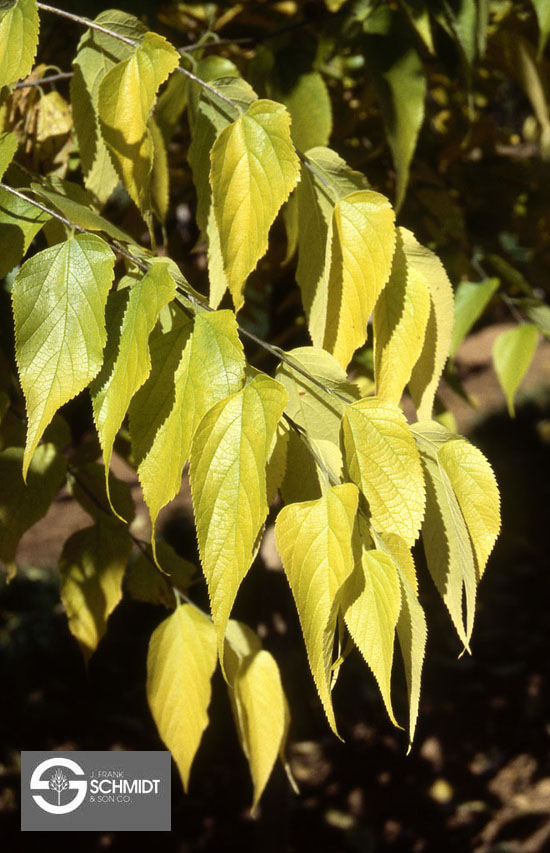hackberry tree leaves turning yellow
The leaves are light green on the top and paler green on the underside. They pierce the leaf epidermis with their sucking mouthparts and cause the characteristic pale yellow scorched or bleached discoloration on the upper leaf surfaces.

How To Grow Hackberry Trees Gardening Channel
They ripen in September and frequently hang on the tree most of the winter.

. Hackberry has a mature height of 40 to 60 feet with a 1- to 2-foot trunk diameter. This insect does not appear to affect tree health. Trees most commonly affected are hackberry sycamore and oak.
Its leaves fall after turning bright yellow. Premature leaf drop can occur during heavy infestations. The wood is light yellow heavy soft coarse grained and not strong.
You can see the eggs of the psyllids in your picture. The leaves are about 2 to 4 inches long and at full growth are bright green rough above and paler green beneath. Boom-you get October in July break out the rakes.
In autumn the three-nerved leaflets turn a pleasant light yellow. The underside of heavily infested leaves will be speckled with. We have a tree that looks like a Hackberry and even has pea-sized berries but the leaves are larger.
Examine your Chinese elm regularly to catch problems early and to prevent the. Hackberry Celtis occidentalis is a native tree of the US and is also known as common hackberry and nettletree. Treating for pests or providing additional nutrients may be the answer in restoring the trees health.
Heavily infested leaves may turn yellow and drop prematurely. When your Chinese elm displays yellow leaves you need to act quickly because this is a sign of two potentially severe disease problems. Adults are light brown with flecks of creamish-white and look like miniature cicadas.
While all the other trees in the area are green from the recent rains the leaves on this tree are turning yellow and falling off. Full sun to partial sun. The leaves are green in summer turning yellow in the fall.
Again this year we are experiencing a bumper crop of hackberry lace bugs. Leaves are smaller in size and turn yellow earlier than normal. Lace bugs are present every year on several of our common deciduous trees but only occasionally are the populations large enough to be noticed.
Yellowing Hackberry Trees Usually Means Lace Bugs. Address color changes as soon as possible. In the fall Hackberry leaves turn yellow or yellow-green accompanied by small orange-red to deep-purple fruits.
In autumn the leaves turn a bright yellow. There are yellow discolorations on upper leaf surface above the nipple galls. Hackberry leaf galls are raised warts on leaves that are caused by small aphid-like insects that live within the growth.
A rim of white may be visible on the edge of. Watch for redbuds rounded crown appearing in yards and gardens as it grows no. These trees bloom from mid to late spring.
Its heart-shaped leaves will turn a golden yellow in the fall. Fungal conks a semicircle shelf fungi can be found from the base of the tree up to 3 feet high on the trunk. Circular nipple-like swellings that project from the undersides.
Ten to twenty percent or more leaf drop is possible but unless a tree is heavily defoliated for several years in a row this normal adjustment to heat and dry weather doesnt affect the health of the tree. In the fall hackberry leaves turn an undistinguished yellow or pale green. Conks are reddish brown and shiny on top white and porous underneath.
18th to 316th long. This fast-growing deciduous tree produces edible fruit. However it may also be the result of a vitamin or mineral deficiency.
Looking for a tree that will mature quickly with little intervention. The tree grows in hardwood forests and limestone ground in its native habitat. Leaves are glossy green ovate-lanceolate acuminate and the base is rounded and asymmetric.
Fall color is yellow. Leaf size is about 2-5 inches long with strongly unequal bases and a sharply tapering tip. Adult lace bugs have attractive wings that are beautifully sculptured with an intricate pattern of veins resembling.
The Hackberry is a great choice. The browning of the hackberry Celtis occidentalis leaves is probably due to lace bugs. Other trees besides hackberry have lace bugs but hackberry seems to suffer the most.
Each leaf hangs from a stem petiole that is 05 to 08 13 2 cm long. Their leaves have serrated margins and measure from 2 to 47 inches 5-12 cm in length and 12 to 35 inches 3-9 cm in width. It flowers in May then produces small berries that turn orangy red to a really dark purple.
Leaves on hackberry trees are simple leaves that are arranged alternately on crooked branches. This pest is normally considered just a nuisance rather than destructive to the tree. 13 to 12 inch berry-like fruit called drupes that change from green to purple or reddish-brown in autumn.
This tree can shoot up anywhere between 13 and 24 inches each year no matter what type of soil you have in your yard. Hackberry nipple gallPachypsylla celtidismamma. Also known as American hackberry common hackberry Celtis occidentalis is a fast-growing member of the elm family.
Lace bugs are sap feeding insects commonly found on the leaves of shade and ornamental trees in Iowa. 5-inch alternate green leaves feature yellow undersides and a rare offset base. A very common pest of the Hackberry is the Hackberry Leaf Gall Psyllid.
The drupes have thin purplish skin with sweet yellowish flesh. 2 12- to 4-inch dark green leaves. When a trees leaves turn yellow its often an early indication of a pest problem or disease associated with fungi or bacteria.
Hackberrys foliage arrives at the same time as the small spring flowers giving your tree a vivacious lime-green appearance. When new leaves emerge their color is light green. Also referred to as the lacebark elm though this tree is typically considered resistant to severe yellowing diseases keep in mind that resistant does not mean immune.
The foliage is elm-like and the bark is corked and warty. Canopy appears thin with few leaves and multiple dead branches. Their flowers provide food for pollinators and their leaves turn a beautiful golden shade in the fall.
When the eggs hatch the insects feed by sucking on the sap of the leaves which is why the leaves are yellow. Over time the color of the leaves becomes dark green. Common Hackberry Tree Leaves Close-up photo of common hackberry tree leaves.
Hackberry has a berry-like drupe 14 to 13 in diameter. Best soil properties for common hackberry Sandy loams to clay soils. The pretty leaves turn completely yellow in autumn for a showy accent in your yard.
Leaves dropped for this reason will be yellow to tan with few if any leaf spots on them.
Texas A M Forest Service Trees Of Texas List Of Trees

Hackberry Tree Guide How To Grow Care For Celtis Occidentalis

How To Grow Celtis Hackberry Garden Chronicle
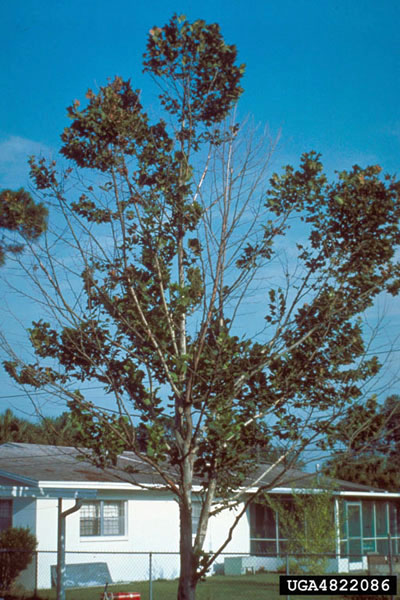
What S Wrong With My Plant Garden University Of Minnesota Extension

Hackberry Tree Guide How To Grow Care For Celtis Occidentalis

Northern Hackberry Real Paleo Food Four Season Foraging
Common Hackberry Celtis Occidentalis

Hackberry Tree On The Tree Guide At Arborday Org

What S Wrong With My Plant Garden University Of Minnesota Extension
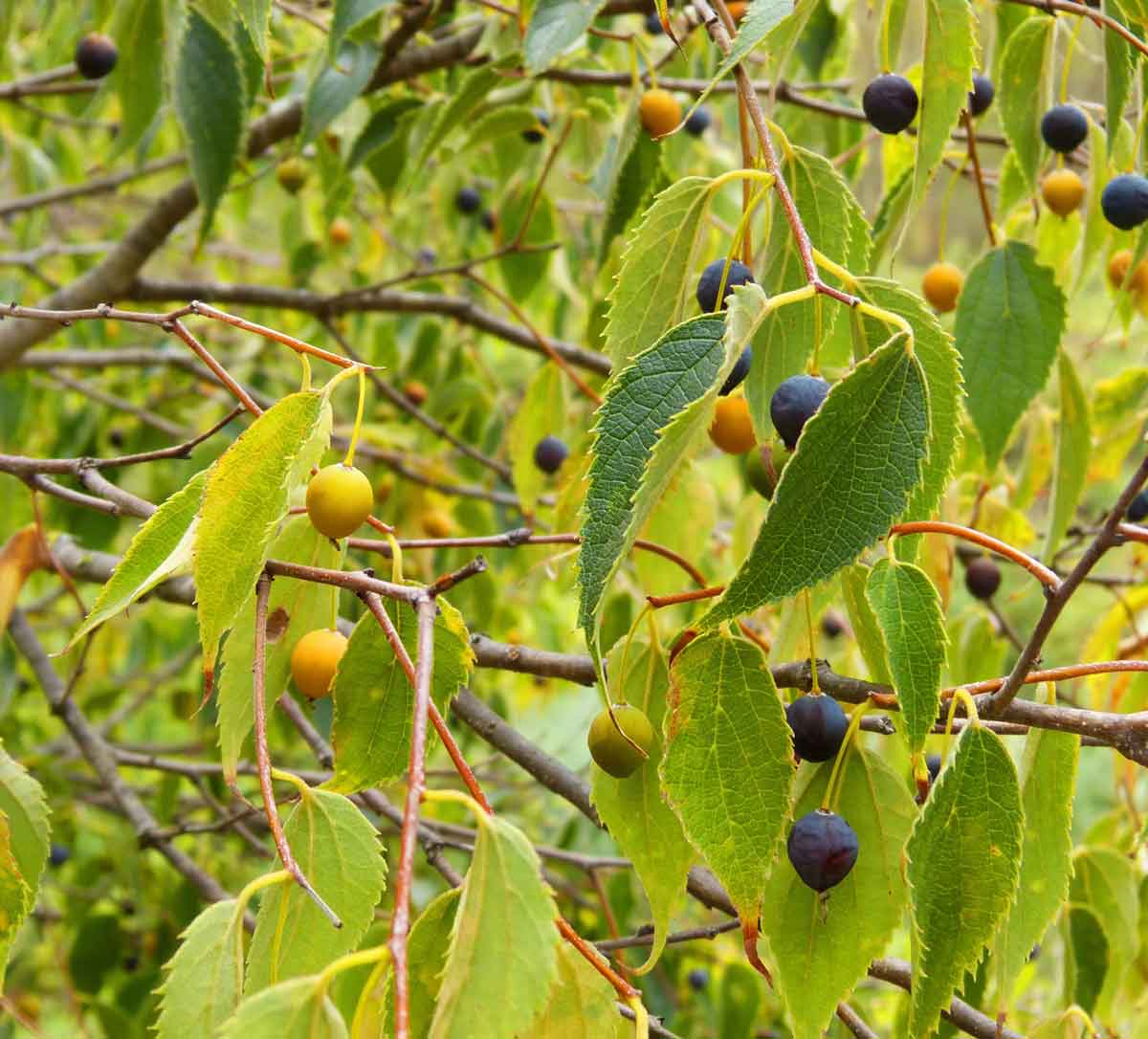
Hackberry Celtis Occidentalis Learning Stations At Ariel Foundation Park
Common Hackberry Celtis Occidentalis
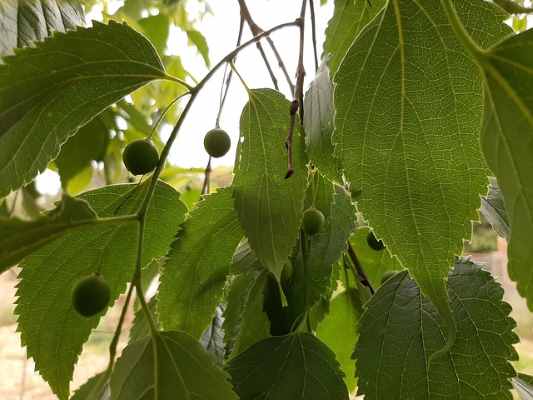
Hackberry Trees Celtis Common Types Leaves Bark Fruit Pictures Identification
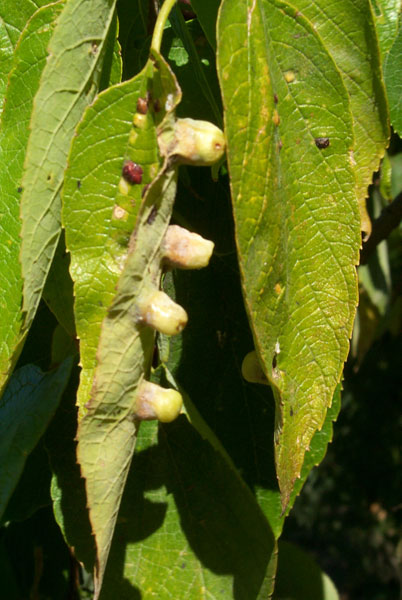
What S Wrong With My Plant Garden University Of Minnesota Extension
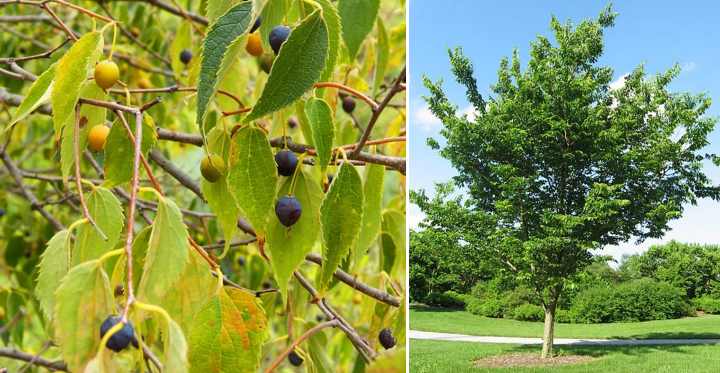
Hackberry Trees Celtis Common Types Leaves Bark Fruit Pictures Identification

Hackberry Trees The Garden Bench
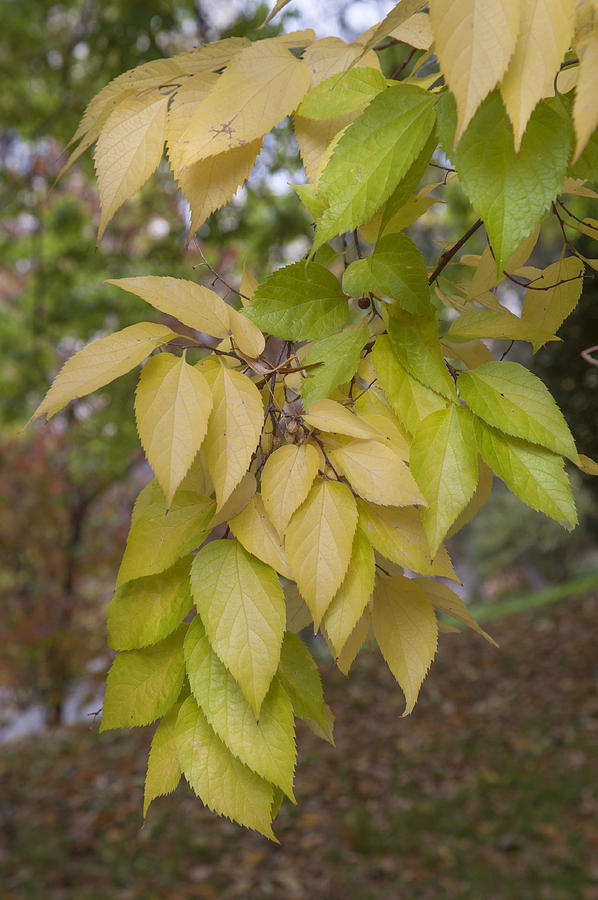
Yellow Leaves Of American Hackberry Tree Photograph By Jenny Rainbow
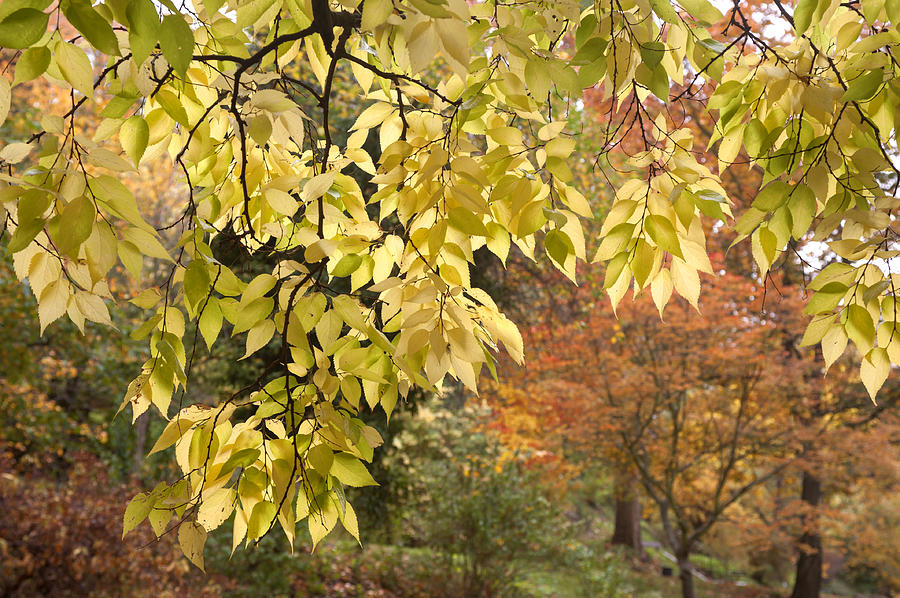
Yellow Leaves Of American Hackberry Tree 1 Photograph By Jenny Rainbow

What S Wrong With My Plant Garden University Of Minnesota Extension
